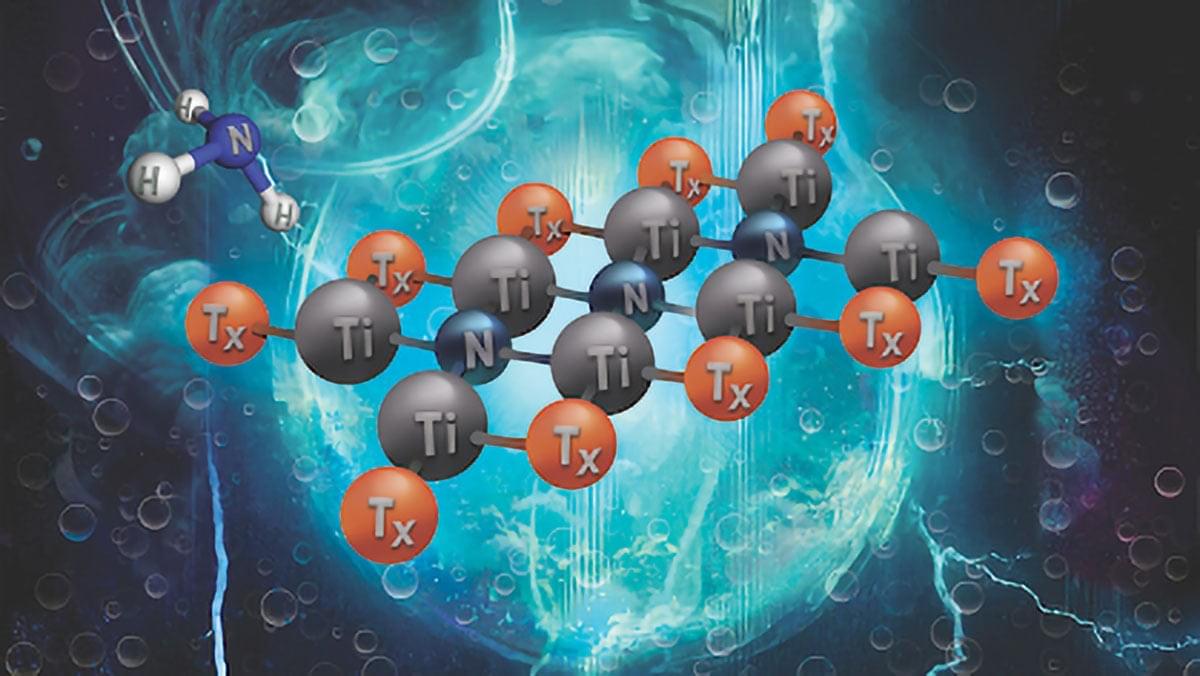Researchers report a lithium aluminum alloy breakthrough that speeds ion movement and boosts solid state battery durability.


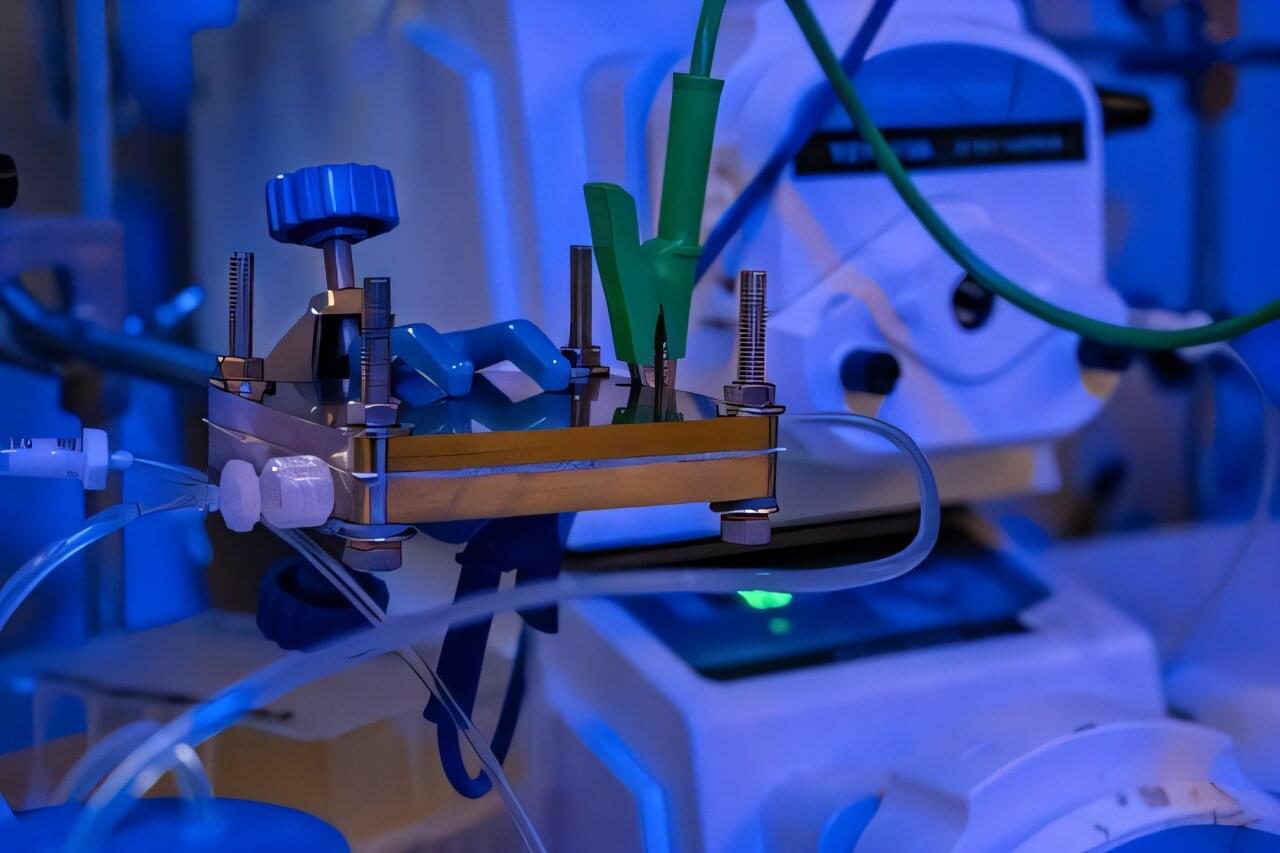
As global electric vehicle adoption accelerates, end-of-life battery packs are quickly becoming a major waste stream. Lithium is costly to mine and refine, and most current recycling methods are energy- and chemical-intensive, often producing lithium carbonate that must be further processed into lithium hydroxide for reuse.
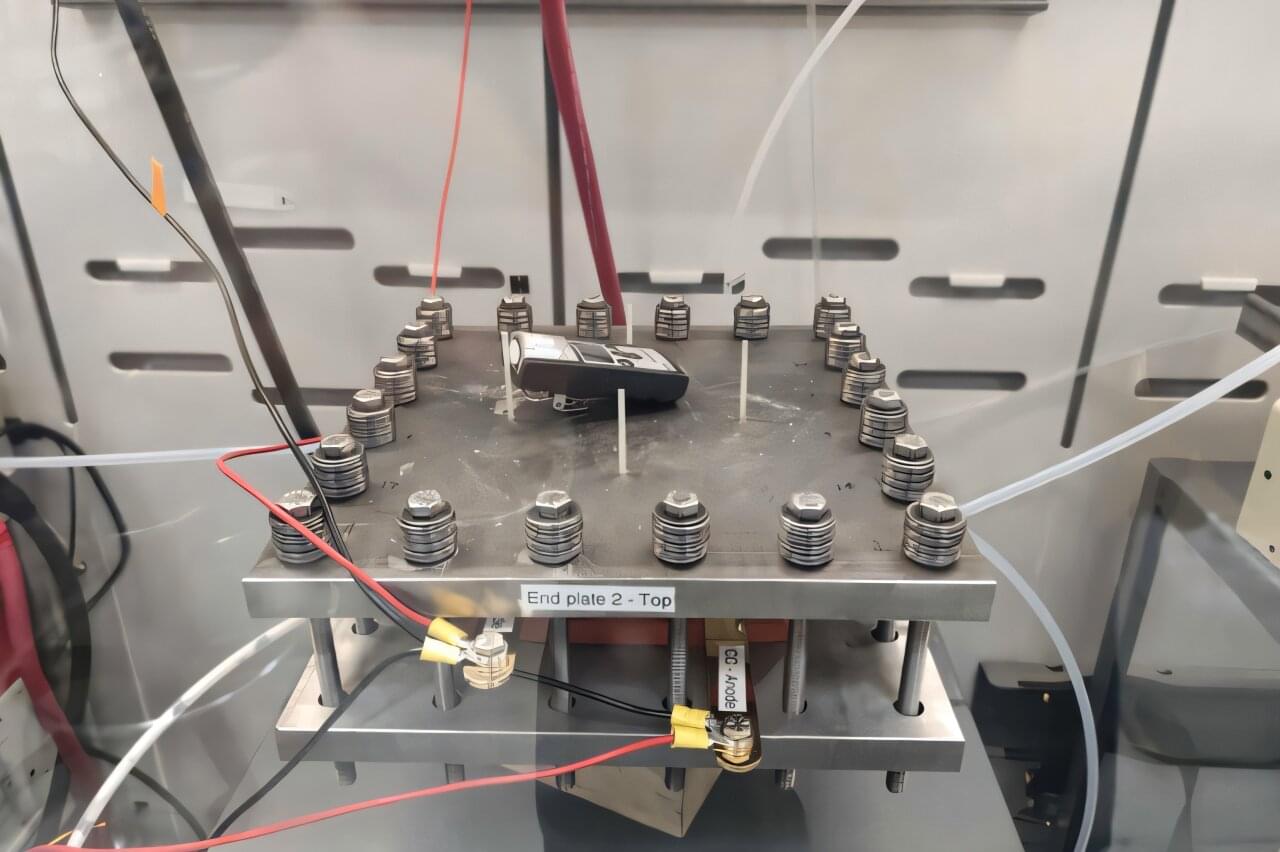
Turning waste carbon into useful products is a vital part of sustainable manufacturing. Recycling carbon dioxide creates carbon monoxide, which through electricity can be converted into energy-rich compounds. However, existing devices for this process use anion exchange membranes that break down over time when exposed to organic materials, making them less effective.
A team of researchers, led by Feng Jiao, the Lauren and Lee Fixel Distinguished Professor in the McKelvey School of Engineering at Washington University in St. Louis, has found that inexpensive and robust materials, porous separators called diaphragms, can be viable alternatives to these membranes in the carbon monoxide conversion process.
After testing various diaphragms, they found that some of them performed as well or better than polymer-based commercial membranes in various operating conditions.

My latest, part of my CA Gov run!
These cities could also confront two of California’s biggest crises: homelessness and housing affordability. We could plan from day one for low-income and permanent supportive housing, integrated into neighborhoods rather than hidden on the margins. Additionally, for young people, who have watched the dream of owning a home slip away, these new cities could offer a real future—places where the middle class can afford to live, not just survive.
Supercities would also allow us to build sustainability into the foundation of urban life. Powered by renewable energy, designed around walkability and transit, and filled with parks, green roofs and cutting-edge architecture, they could show the world that growth and environmental responsibility can coexist. California has always been a leader in innovation. Why not apply that same imagination to how we live?
This isn’t fantasy—it’s pragmatism. California’s housing shortage is measured in millions of units. Fixing that within the current system is nearly impossible. Building new cities from scratch is the cleanest, fastest way to meet the scale of the problem. It would put people to work, attract investment and reignite the sense of purpose that once defined this state.
The choice is simple: stagnation or creation. We can let our cities decay under the weight of overregulation and paralysis, or we can build new ones that embody the California ideal of progress. The state that built Silicon Valley, Hollywood and the Golden Gate Bridge shouldn’t be afraid to build again. Supercities aren’t some futuristic fantasy—they’re the bold, realistic solution California needs to revive its economy, house its people and remind the world what ambition looks like.

Scientists have designed a topological quantum battery that can charge efficiently without losing energy, using the unique properties of quantum mechanics and topology.
Their research suggests dissipation, long considered harmful, might actually boost power in these next-generation batteries.
Quantum Leap in Energy Storage.
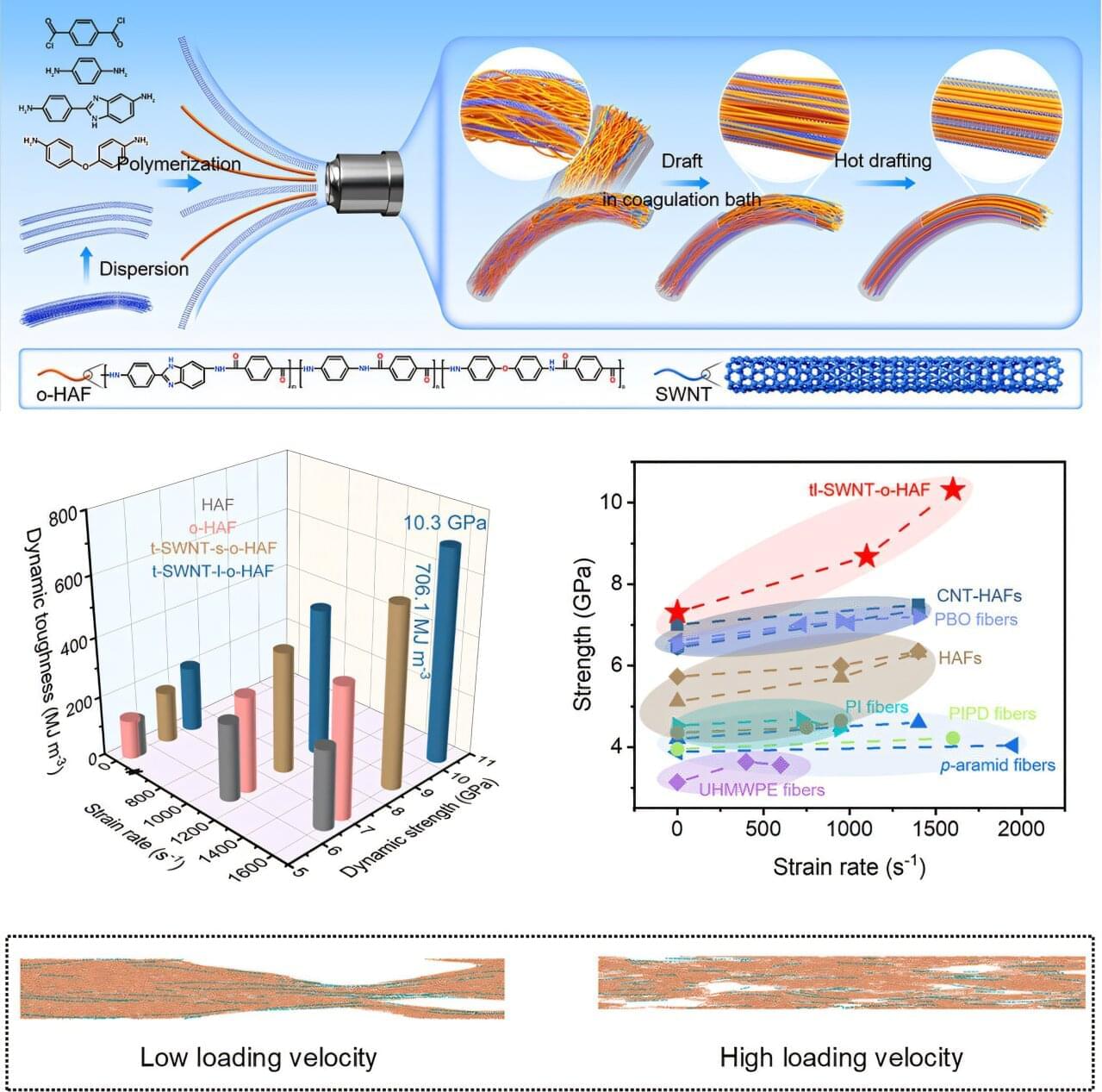
Kevlar has met its match. For decades, it has been the gold standard for impact protection, from bulletproof vests to armored vehicles, and is still widely used. But scientists have now developed a new composite material that is stronger, tougher and better at stopping bullets than Kevlar even though it is much thinner. Their study is published in the journal Matter.
To stop high-speed impacts, like a bullet, a material needs to resist breaking under force (high strength) and be able to absorb a lot of energy without shattering or failing (high toughness). However, there is a problem with current solutions, such as Kevlar, which is made from aramid fibers. When scientists try to make these fibers stronger, they often become more brittle, making it difficult to achieve both simultaneously. This is a common trade-off in materials science when you try to improve a material’s overall performance.
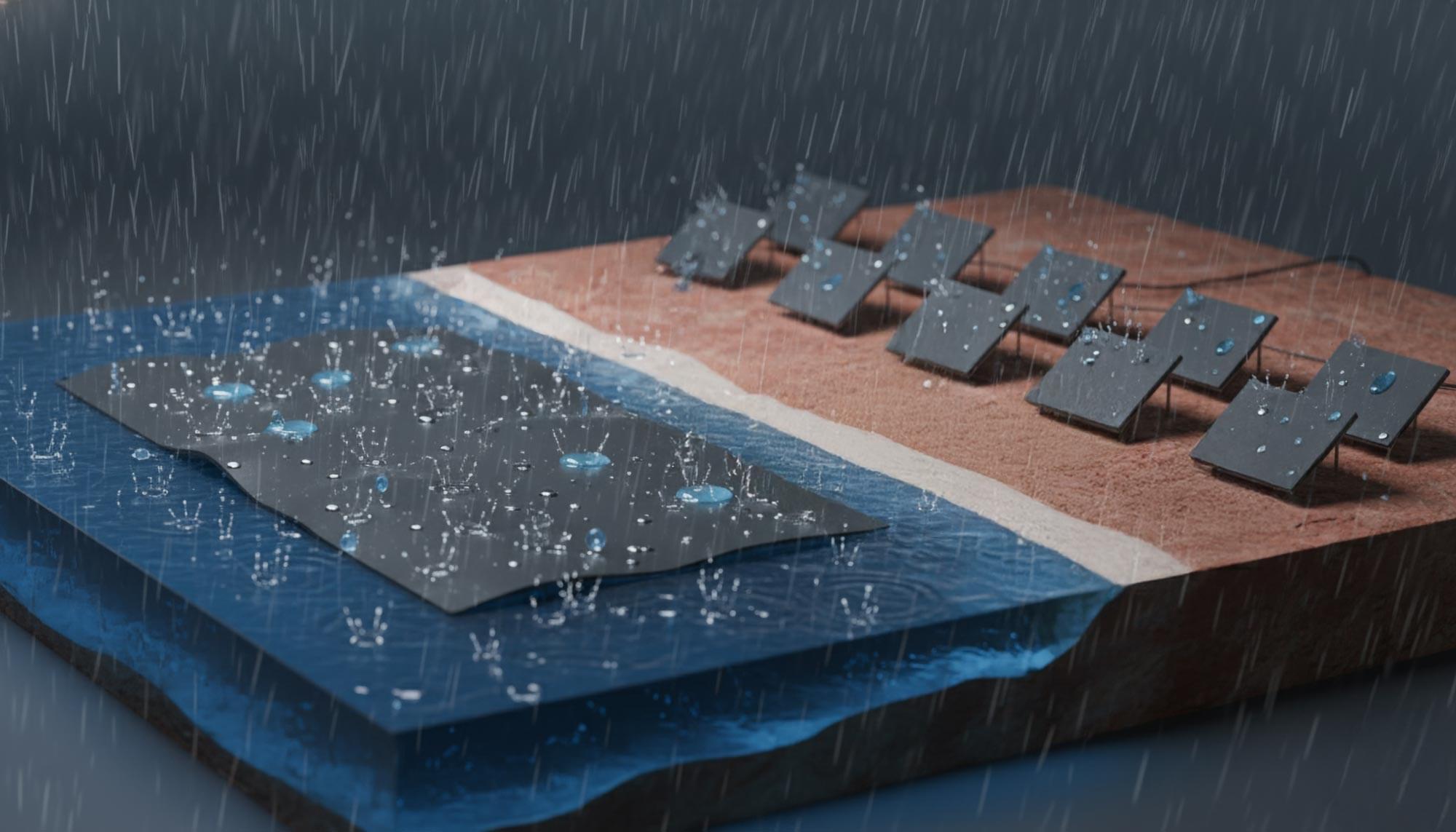

In a major advancement for energy storage technology, Professor Yoon Seok Jung and his team at Yonsei University reveal a new fluoride-based solid electrolyte that enables all-solid-state batteries (ASSBs) to operate beyond 5 volts safely.
Their paper, published in Nature Energy, addressed a long-standing barrier in battery science, achieving high voltage stability without sacrificing ionic conductivity.
As Prof. Jung explains, “Our fluoride solid electrolyte, LiCl–4Li2TiF6, opens a previously forbidden route for high-voltage operation in solid-state batteries, marking a true paradigm shift in energy storage design.”
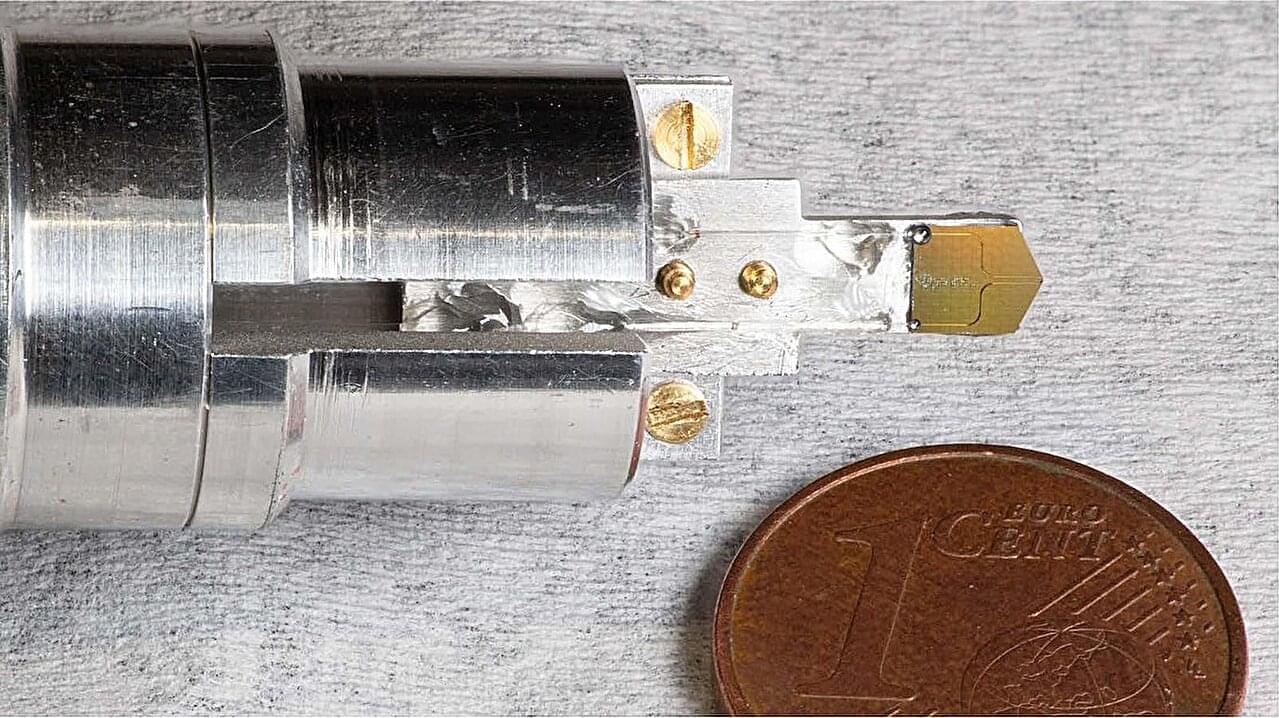
EPFL researchers have developed a method to calibrate electron spectrometers with extreme accuracy by linking microwave, optical, and free-electron frequencies.
Frequency is one of the most precisely measurable quantities in science. Thanks to optical frequency combs, tools that generate a series of equally spaced, precise frequencies like the teeth of a ruler, researchers can connect frequencies across the electromagnetic spectrum, from microwaves to optical light, enabling breakthroughs in timekeeping, spectroscopy, and navigation.
Electron energy-loss spectroscopy (EELS) is a powerful tool used to investigate the structure and properties of materials at the atomic level. It works by measuring how electrons lose energy as they pass through a sample. But although EELS provides excellent spatial resolution, its spectral resolution, the ability to measure energy precisely, has lagged behind optical methods.
